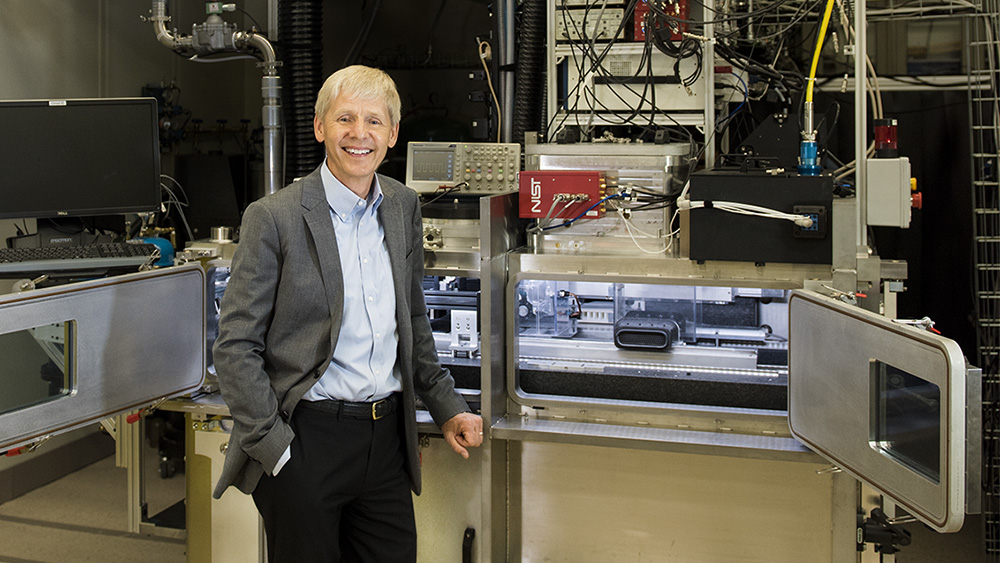James Olthoff is NIST’s first chief metrologist. Credit: NIST
Practically everything you use in your everyday life works because of measurement science. Without precise measurements, your car wouldn’t run, your phone wouldn’t work, hospitals couldn’t function, and the ATM would fail.
|
ADVERTISEMENT |
The National Institute of Standards and Technology (NIST) is the national measurement institute of the United States. Most people in the U.S. have no idea that there is a single organization within the federal government that makes sure all measurements in the U.S. are correct and trustworthy—and that they are accepted by other governments worldwide.
What does that look like in practice? Here’s an example:
More than 40 million mammograms are done in the U.S. each year. Each one is a chance to save a life. Those mammograms have to be both safe and effective, so mammography machines must expose patients to the smallest amount of radiation needed to get a good image, thereby minimizing any harmful effects. Careful measurements ensure that the benefits of the test far outweigh the effect of a minuscule exposure. We know that U.S. hospitals achieve this balance because they trace that radiation amount back to one of our labs here at NIST.
…

Add new comment